Search Results for: Bees
Skip to resultsCan’t find what you’re looking for? Visit our FAQ page.
1,564 results for: Bees
-
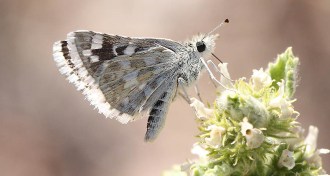 Animals
AnimalsEvidence piles up for popular pesticides’ link to pollinator problems
Neonicotinoid pesticides linked to population declines in California butterflies and wild bee extinctions in Great Britain.
-
 Anthropology
AnthropologyFossil autopsy claims Lucy fell from tree
A contested study suggests a famous fossil ancestor plunged to her death.
By Bruce Bower -
 Animals
AnimalsNeonicotinoids are partial contraceptives for male honeybees
Male honeybees produce less living sperm if raised on pollen tainted with neonicotinoids, tests show.
By Susan Milius -
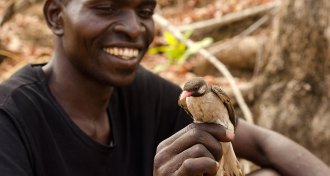 Anthropology
AnthropologyHumans, birds communicate to collaborate
Bird species takes hunter-gatherers to honeybees’ nests when called on.
By Bruce Bower -
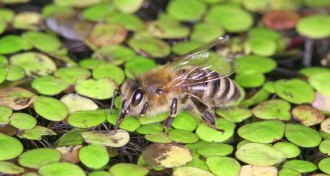 Animals
AnimalsTo douse hot hives, honeybee colonies launch water squadrons
The whole superorganism of a honeybee colony has sophisticated ways of cooling down.
By Susan Milius -
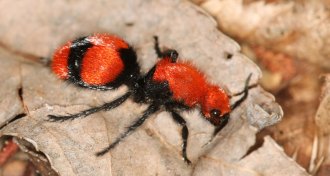 Animals
AnimalsNew books deliver double dose of venomous animal facts
In Venomous and The Sting of the Wild, researchers delve into the world of venomous creatures and the scientists who study them.
By Sid Perkins -
 Animals
AnimalsNeonicotinoids are partial contraceptives for male honeybees
Male honeybees produce less living sperm if raised on pollen tainted with neonicotinoids, tests show.
By Susan Milius -
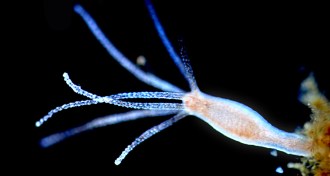 Animals
AnimalsOrganisms age in myriad ways — and some might not even bother
There is great variety in how animals and plants deteriorate (or don’t) over time.
By Susan Milius -
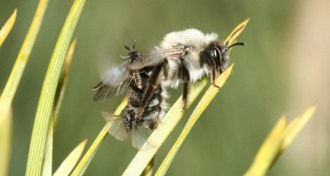 Animals
AnimalsThe bizarre mating ritual of a bee parasite
Stylops ovinae insects — parasites found in mining bees — have short lives filled with trauma.
-
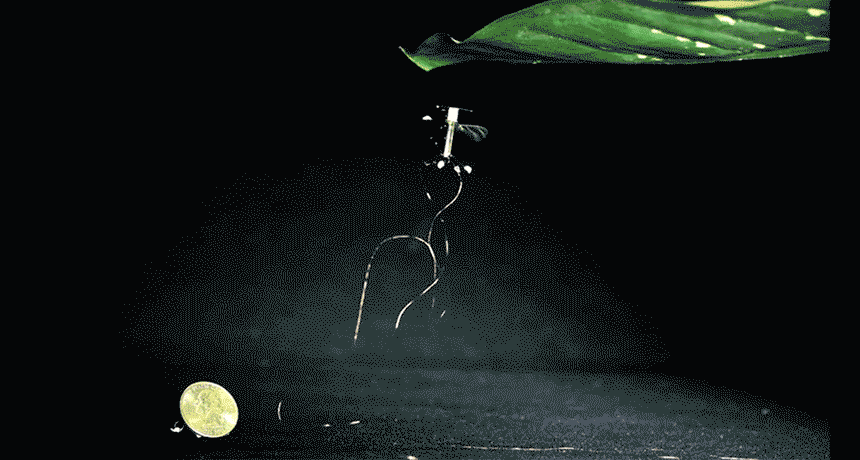 Tech
TechInsect-sized bot is first to both fly, land
A tiny aerial robot nicknamed RoboBee uses static electricity to perch on surfaces midflight. The landing device could one day help robots conserve energy during search and rescue missions.
By Meghan Rosen -
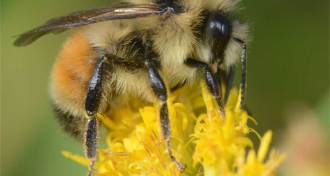 Climate
ClimatePollen becoming bee junk food as CO2 rises
Rising CO2 lowers protein content in pollen, threatening nutrition for bees.
By Susan Milius -
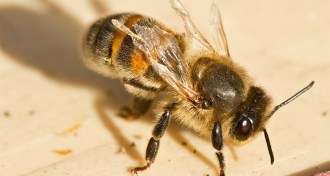 Animals
AnimalsMite-virus alliance could be bringing down honeybees
Parasitic mites and a virus have a mutually beneficial alliance while attacking honeybees.